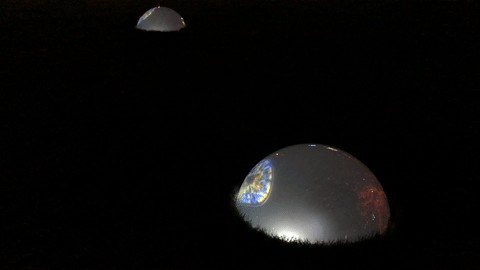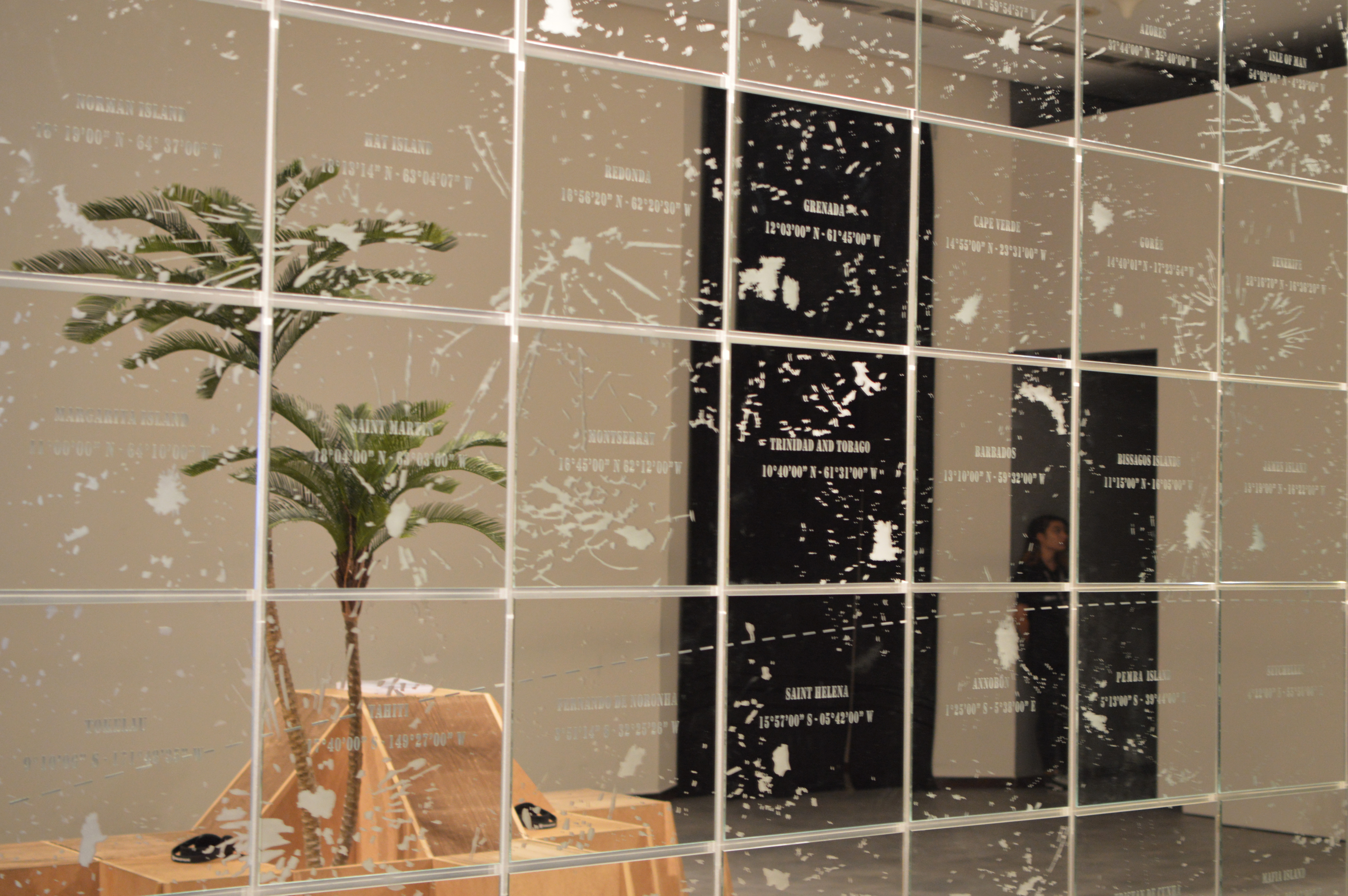Features
Are you a Realist or a Romantic?
Explore the Realism and Romanticism art movements to see what kind of person/artist you are!
By Hugo Ong
Shaping Art, Life today
If we could discern two groups of people, it would be the realists and the romantics. They may appear as generic classifications of characteristics, labels that frivolously determine a person, often associated to individual temperaments. These elementary terms that we use to recount people are not merely stamps of identification, but notions that inspired sizeable art movements back in the 19th-century, movements that transcend to the present to account for major influences in the arts, and our lives.Romanticism and Realism were the major art movements brought by romantics and realists, each initiated as these artists sought to conform with their innate character. Artworks from each movement spell out the type of people that the artists were, although they seem similar with hidden nuances in visual appearance that could render their works almost indistinguishable. So what exactly are these art movements? What influences have they brought to people that bespeak a significant part of our personality?
‘Helpppp…. What am I?’
(The Lady of Shalott, by John William Waterhouse)
*FYI - Romanticism, romance, romantic does not relate to the common understanding of a romantic relationship!
The Passion of Romanticism
Romanticism was an art movement with no single definition, emerging in late 18th-century with an enigmatic sense that designates it to be largely personal. Its inception gave birth to a new set of ideas and feelings which altered the way people viewed the world. Romanticism was used to relieve people from the adult sensibility and competitiveness of Neoclassicism, with more imaginative and emotional subjects. The essence of it was to free the expression of the artist, to deliver individual passions and beliefs with an emphasis on emotions.‘Yes to Romanticism!!!’
(Liberty Leading the People, by Eugène Delacroix)
Romanticism campaigns for the importance of nature, as romantics believe that a close relationship with nature is healthy for the mind and soul. Romantic artists were wary about the human world and its advancements, and prefer to bask themselves in natural grandeur. Magnificent landscape paintings were considered romantic, elucidating the powerful force of nature.
‘This doesn’t feel romantic…. It's icy cold…’
(The Sea of Ice, by Caspar David Friedrich)
‘I started Romanticism, I am romantic…’
(Wanderer above the Sea of Fog, by Caspar David Friedrich)
Romanticism traverses every part of the world, embedding its influences in different cultures and generations. Wu Qiong is an outstanding Chinese contemporary artist who endorses romantic values in his paintings, a calling for emotional release and freedom from rationality. The boundless landscapes in his paintings perform a momentous role in translating emotional sentiments, as they appear consoling yet intimidating, comforting albeit ceaselessly threatening. His characters spell out a carefree attitude in China’s onerous world, something the artist holds a passion for.
‘See how my painting intoxicates you with complete romantic ideals!’
(Works by Wu Qiong)
Apart from grandiose paintings, Romanticism transcends beyond visual arts to other art forms of architecture, literature, music, and even has influences in the sciences. Its influence accounts for marvelled works and masterpieces that we see today, from French historical novel Les Misérables to musical compositions by Beethoven and Mozart. Even the key architect of London’s Palace of Westminster professed that the design for the building was laid out with Romanticism mindsets and ideals. With its significant contributions, Romanticism is an indispensable art movement that has shaped our collective understanding of Art.
‘I may be a cold palace, but I am romantic too…!!!’
(Palace of Westminster, London)
Still confused at the ideals of romantic arts? In summary, romanticism embraces the irrational, absurd imaginations that could only occur in our dreams. If you relish yourself in fantasy novels over realistic fiction, if you enjoy sci-fi movies over biographical films, you are largely romantic. You would build a beautiful garden in your yard, despite the high maintenance costs, just to satisfy your need for an avenue to relax emotions. You express yourself with great intensity, prioritising feelings and love over pragmatic obligations, churning out dream-like aspirations and sentiments. If you create art, you will definitely be identified as a romantic artist!
‘I think we’re done explaining about Romanticism!’
(A Scene from ‘Undine’, by Daniel Maclise)
Devotion to Realism
Realism is a movement after that alleged itself as the antithesis of Romanticism. Their visual appearance may look very similar as they are all ‘realistic’ looking, but do not worry because their nuances are easily identifiable and aids in our understanding of realistic notion. The major differences of the movements lie in its subject matter. With highly scientific perspectives, Realism depicts real and existing things, the tangibles that people could observe in real life. Realism directly confronts beliefs of the romantics, opposing its over-idealisation, excessive personal expression and ambiguity. If you could not find yourself relating to Romanticism from above, you might be a highly realistic person.‘Hello! Welcome to the realistic world….’
(Barge Haulers on the Volga, by Ilya Repin)The Realism movement was led by the French painter Gustave Courbet. In favour of ‘real life’ depictions, Courbet painted ordinary labourers and people in their everyday surroundings, carrying out their obligatory tasks. The Stone Breakers is one of his greatest works, an icon of prosaic peasant life which reveals and expresses the plight of poverty-stricken labourers as they toil in the fields. The imitation of reality is so intensely accurate that the viewers can feel an excruciating sense of sympathy for those workers.
‘Is this the real life? Is this just fanta…?’
(The Stone Breakers, by Gustave Courbet)
Despite the Realism art movement being extant for over 150 years, the objective that the movement introduced is still relevant in the present. In the late 20th century, new forms of Realism emerged as the original notions expanded. Social-realism, Photorealism, Hyperrealism take overlaps with Contemporary Art today, as they constantly develop in forms and mediums to find new means of social critique and the portrayal of reality.
John Baeder paints commonplace diners and eateries in an assiduous process to create paintings that appear almost indistinguishable from the work of a camera. Baeder negates simulated linen postcards as he felt that those bereaved photographs a sense of reality, after being ‘romanticised’. By painting common diners, he questions the consumer culture in America, commenting on their unified formation that builds a way of life for the people.
‘Is this a painting or a photograph???’
(Market Tower, by John Baeder)
Social realism is an aggrandized version of original Realism principles, with a focus on societal issues in a modern context. This painting by Local artist Chua Mia Tee displays the downright situation of hard labour workers as they have a meal in a teeming canteen. Fine details are meticulously painted to fabricate a sense of reality, endowing an exchange for the viewers to empathise with the state of our nation’s builders, reinforcing our reverence for their arduous work. Social realism furthers the notions of early Realism, bringing in social scrutiny about the predicament of neglected lives.
‘Was life really like this in the past?... Seems harsh….’
(Workers in a Canteen, by Chua Mia Tee)
‘Yes, I am a drawing, but I am also reality....’
(Big Self-Portrait, by Chuck Close)
Best of Both Worlds
The clash of the two movements seems like an endless divergence of disposition. They both undervalue each other, placing their beliefs to be of a higher calibre. It is impossible to ever come to a conclusion to decide the better, with personal subjectiveness and prejudice painted in the picture. However, it is possible to embrace both concepts and amalgamate them together, creating a piece of art with both valued ideals. People who cannot altogether affirm themselves with either classification of their characteristics are likely to sit on this fence.‘So… You’re telling me I can be both?!’
(Portrait of Roman Johnson, by Emerson Burkhart)
As a forerunner in Romanticism, Francisco Goya paints with its aesthetical ideals, but also blends the visionary use of Realism to refine his proficiency of painting and subject matter. Goya offers personal imaginative visions, delving into profound meanings of deeper life, conforming to Romanticism ideals. Also, he inculcates some aspirations of Realism as he conscientiously portrayed the jitters and turbulence of Spain’s political and moral crunch. His acclaimed piece The Third of May 1808 is the best example to illustrate the fusion of both movement’s ideals. In a realistic setting, Goya depicts the massacre of people and the horrors of war, real events and encounters in the Peninsular War. Over the realistic proposition, he glazes a coat of romantic impressions, throwing dramatic lighting and acute emotions expressed by the bloodbath of villagers.
‘Wow! So I really can be the special two-in-one!’
(Witches’ Sabbath and The Third of May 1808, by Francisco Goya)
Our Reality and Romance
So, are you a realist or a romantic? Perhaps you can look back the sketches you did when you were younger, the subject matter and substance of your work that was subconsciously portrayed. They might draw striking parallels to the personality you just identified yourself with. For the romantics, paint and draw an outlandish visual that radiates a burst of emotional expressions to be perceived earnestly by the viewers. For the realists, paint and draw what you see without exaggerated sentiments, but a zeal to reflect the true lives and narratives of reality. Or maybe, consolidate both of them and go full out to create your own weave of artistic expression!‘Congrats for making it to the end of this article…..!!!’
(The Death of Sardanapalus, by Eugène Delacroix)



